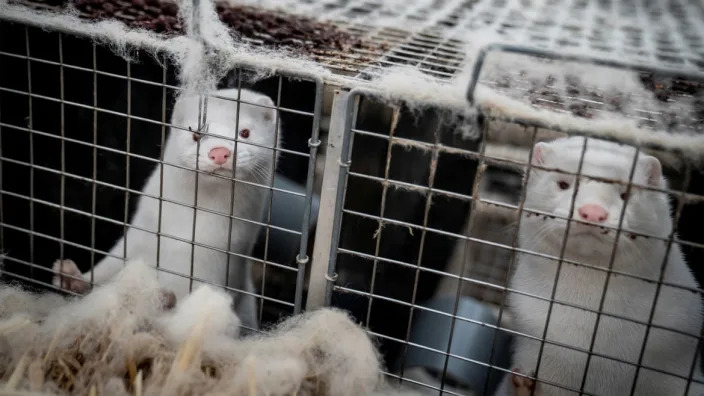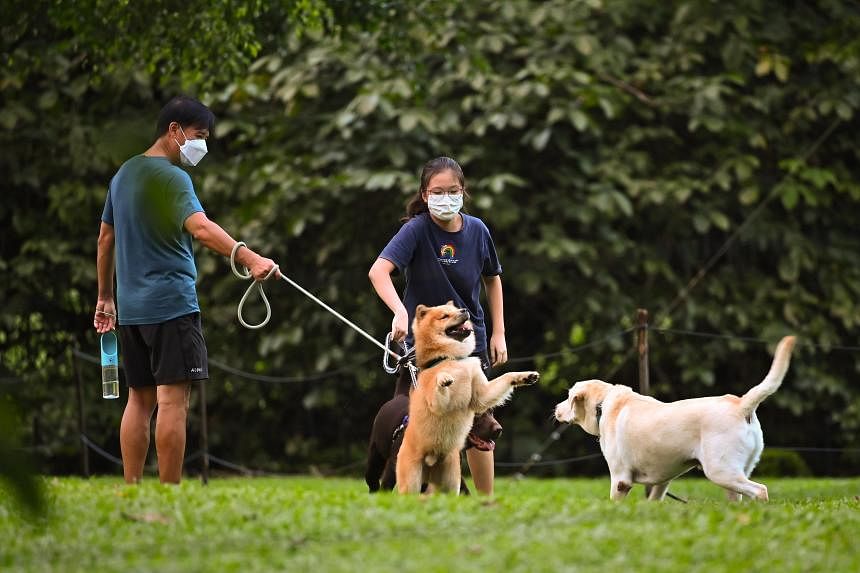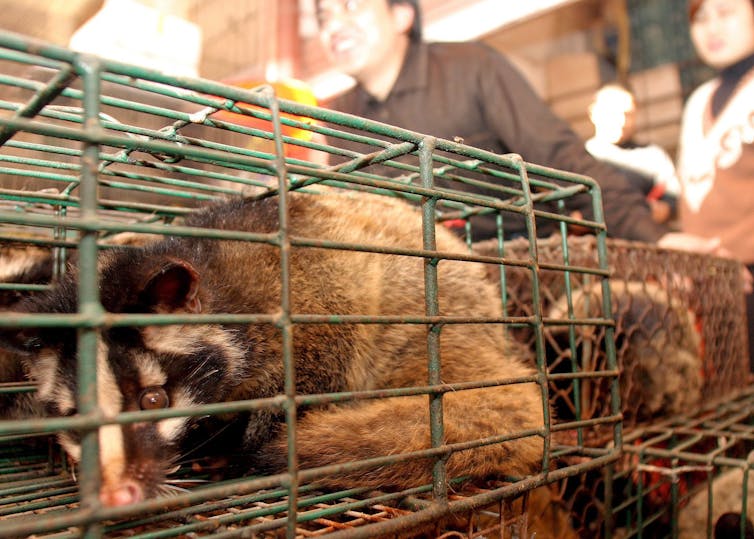David Axe
Mon, February 6, 2023

Ritzau Scanpix/Mads Claus Rasmussen via Reuters
The same highly pathogenic bird-flu virus that’s killed tens of millions of chickens and other birds over the past year just got a lot closer to infecting people, too.
An unusual outbreak of the H5N1 virus in minks—relatives of weasels—at a Spanish fur farm last fall also exposed the farm’s staff to the virus. Swift action by health authorities helped prevent any human infections. This time.
But bird flu isn’t going away. And as H5N1 continues to circulate in domestic and wild birds, causing millions of animal deaths and tightening the supply of eggs, it’s also getting closer and closer to the human population. “This… avian influenza has the potential to become a major problem to humans,” Adel Talaat, a professor of pathobiological sciences at the University of Wisconsin-Madison, told The Daily Beast.
It might be a matter of time before H5N1 achieves large-scale “zoonosis” and makes the leap to the human species. If and when that happens, we could have yet another major viral crisis on our hands. On top of the COVID pandemic, worsening seasonal RSV, the occasional monkeypox flare-up and annual flu outbreaks.
Reports this week suggested that the current wave of bird flu could be crossing over into mammals with more regularity. Scientists found traces of bird flu in seals that died in a “mass mortality event” in the Caspian Sea in December, and the BBC reported this week that tests in Britain had found the virus in a range of mammals up and down the country. On Jan. 9, the World Health Organization was informed that a 9-year-old girl in Ecuador had tested positive.
Bird flu isn’t new. Scientists first identified the virus back in the 1870s. There’ve been dozens of major outbreaks over the years—and they’ve grown more frequent, and more severe, as the global population of domestic poultry has expanded in order to feed a growing human population.
H5N1, a more-severe “highly pathogenic avian influenza” virus—or HPAI—first appeared in China in the 1990s. It and other HPAIs have achieved zoonosis on a small scale, mostly in Asia. Several dozen people have died of bird flu in recent decades.
But so far, bird flu has mostly infected, well, birds. That makes it a huge problem for poultry farmers. And for people who buy eggs, of course. The current H5N1 outbreak has killed, or compelled farmers to cull, nearly 60 million chickens, turkeys, geese and ducks in the United States alone. The cullings drove up the price of eggs to nearly $5 per dozen at U.S. grocery stores last fall, according to the U.S. Department of Agriculture. That’s several times the long-term average price.
Bird Flu Taking the Leap
Higher egg prices will be the least of our problems if large-scale zoonosis ever triggers a human bird-flu pandemic. And that’s why scientists and health officials keep a close eye on H5N1 and related HPAIs as they spread and mutate. For epidemiologists, the bird-flu outbreak at the mink farm in northwestern Spain was a giant red flag. An ominous sign that major zoonosis might be getting more likely.
Spanish health officials first noticed the outbreak in early October, when the death rate among minks at a large farm in Galicia tripled. Biological samples from the farm’s 52,000 minks contained H5N1. It was the first time bird flu had infected farmed minks in Europe.
Authorities ordered the culling of all the minks at the affected farm. At the same time, they quarantined and tested the farm’s 11 workers. Luckily, none had caught the virus.
It was a close call. And all the more worrying because no one knows for sure what happened. “The source of the outbreak remains unknown,” a team led by virologist Montserrat Agüero reported in the latest issue of Eurosurveillance, an epidemiology journal. It’s possible wild birds spread the virus to the minks. It’s also possible the pathogen was present in the minks’ food, which contains raw chicken.
Equally troubling, the virus didn’t just spread from birds to minks. It may also have spread from minks to other minks, as well, Agüero’s team discovered. “This is suggested by the increasing number of infected animals identified after the confirmation of the disease.”
That post-zoonosis transmission within a new species is how an animal virus such as H5N1 could cause a new pandemic. It’s what happened with COVID, after the SARS-CoV-2 virus spread from bats or pangolins to people back in late 2019. It’s what happened with monkeypox, after that pathogen first leaped from monkeys and rodents to human beings, possibly decades ago.
“The ability to achieve sustained transmission in a mammal is a major leap for flu viruses, so the mink event is a big deal,” James Lawler, an infectious disease expert at the University of Nebraska Medical Center, told The Daily Beast. “It definitely increases the risk for [a] species-jump to humans.”
The Spanish bird-flu outbreak has a happy ending for all involved—except those 52,000 minks, of course. But the next outbreak might not end so neatly. Not if scientists are late noticing a zoonotic leap, or if viral transmission outpaces health officials’ ability to cull affected animals, quarantine exposed people and isolate the virus.
Bird flu more than many viruses demands constant vigilance. It’s infecting more birds than ever, jumping to mammals in more places and learning new genetic tricks that increase the risk to humans.
All that is to say, our bird-flu problem might get worse before it gets better. “The ongoing widespread outbreaks of HPAI are concerning across the board,” Lawler said.
The Daily Beast.








